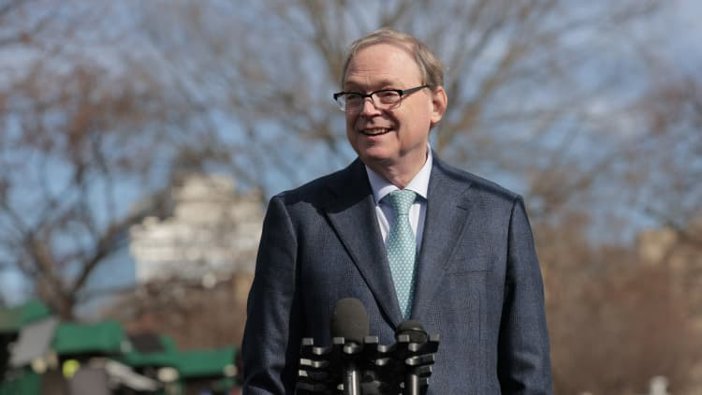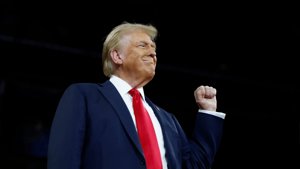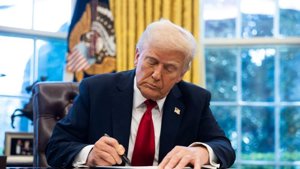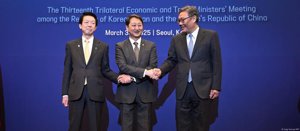
Trade Deals Close, China Talks Pending
United States National Economic Council Director Kevin Hassett revealed on Thursday that several international trade negotiations are nearing completion. Speaking in a televised interview, Hassett noted that nearly 20 countries are currently engaged in trade discussions with the U.S., and two deals are "almost closed" as of last week. He emphasized that many of these negotiations are "really well advanced" and close to reaching the finish line.
However, Hassett clarified that negotiations with China have not yet begun. Despite the absence of discussions with one of the U.S.’s largest trade partners, he expressed optimism about the pace and scope of the ongoing talks with other nations. "The schedule to make trade deals is very doable," he said, suggesting that progress on multiple fronts is being made simultaneously.
Hassett also addressed recent fluctuations in the bond market and their potential influence on trade policy. He conceded that the bond market’s movements "may have contributed" to President Donald Trump’s decision to pause the implementation of certain tariffs but was quick to add that this did not result in a "panic move." Instead, he characterized the decision-making process as measured and deliberate.
Regarding tariffs, Hassett explained that the U.S. continues to apply a 10% "baseline" levy on all imports. He stated that only an "extraordinary" agreement would justify removing this tariff, reinforcing the administration’s stance on using tariffs as a key leverage tool in trade negotiations. The 10% rate remains a cornerstone of U.S. trade policy under the current administration and is likely to stay in place unless substantial concessions are secured from trading partners.
The latest developments reflect the Trump administration’s strategic use of trade policy to renegotiate global economic relationships. With nearly two dozen countries involved in discussions and a couple of deals reportedly close to conclusion, the U.S. appears to be actively reshaping its trade framework. While China remains absent from the negotiation table for now, the pressure remains on for future engagement.
As trade talks continue, markets and analysts alike will closely monitor which countries finalize agreements and whether the ongoing efforts will produce the kind of transformative deals that could lead to tariff reductions or other significant policy shifts.






